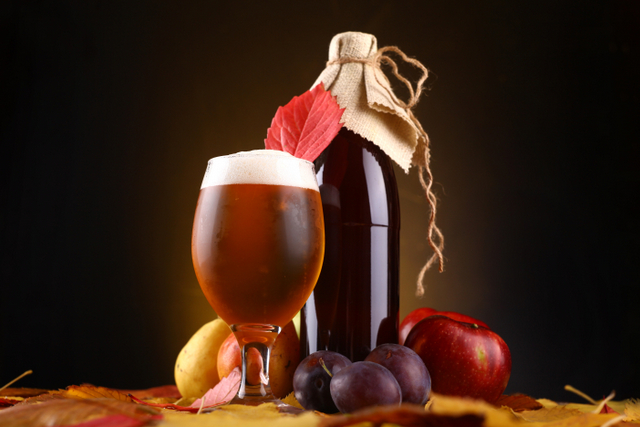
I’m already covered in maple nut brown ale and green bean casserole. I can’t possibly post anymore this week. You see, I like to start Thanksgiving a day early and by myself. I find this soul-searching ritual helps me prepare for the mental marathon that is spending the holidays with family. Right now, I’m wrapped tightly in a blanket burrito, snuggling up to a growler of Great Lakes’ Edmund Fitz, tossing chicken wing bones at the TV. I am physically unable to get to the computer, so I’m once again offloading our annual Thanksgiving homebrew advice explosion extravaganza to the hardworking men and women of the brewing industry. God, bless them.
In the spirit of both thanks and giving, I reached out to a few of our favorite craft breweries around the country to get their advice on the ultimate homemade treat — homebrewed beer. From Oregon to Ohio, craft breweries like New Belgium, Deschutes, Urban Artifact and Schlafly offered up excellent insights for homebrewers everywhere. I’d like to thank them all for taking time out of their busy holiday schedules to participate, and we wish everyone in the craft brewing world a happy and safe Thanksgiving holiday.
As is tradition ever year, let us bow our heads and recount the real story behind the holiday … According to Thanksgiving lore, the pilgrims landed on Plymouth Rock because (among other things) they were low on beer. Back in those grand old days (the roaring 17th century), beer was a dietary mainstay (the beverage being a not-very-alcoholic concoction drunk in impressive quantities during the Colonial era). On a long ship voyage, beer would keep longer than ordinary water. People would be rationed a gallon a day (not a bad idea). So basically, Thanksgiving is also a celebration of one of America’s first beer runs.
This time of the year is made for celebrating, and nothing says socializing and solemnizing more than a brewski between friends and family. But do you know what makes big toasts even more personal during the Thanksgiving season? If you actually made that fine bottled beverage yourself. Let’s learn how!
Understanding oxidation

Gary Glass, director
American Homebrewers Association (Boulder, Colo.)
In my 16 years of experience judging, the single most common off-flavor I’ve encountered is oxidation. Unlike other off-flavors, which can be eliminated with proper cleaning and sanitizing, or managing pitching rates and fermentation temperature, there is no way to completely eliminate oxidation in beer — eventually all beer will stale with time. Oxidation characteristics vary depending on interactions with other compounds in beer. The most frequently cited off-flavor created by oxidation is described as papery or wet cardboard, but oxidation, particularly in higher strength beers, can also appear as sherry-like or dried fruit, such as prunes or dried apricots. Nutty flavors can also derive from oxidation. In some cases, oxidation results in a lack of flavor, which can come across as dull or stale.
Homebrewers don’t have access to all of the fancy packaging equipment that the pros have — I don’t know any homebrewers who are fobbing their filled bottles with liquid nitrogen. However, there are things we as homebrewers can do to reduce the impact of oxidation and slow the process of staling. Here are a few:
- Package your beer fresh. Once your beer is done fermenting and has sufficiently conditioned, get it into bottles or kegs.
- Avoid splashing your beer when transferring.
- Bottle or keg conditioning by priming the fermented beer with sugar just prior to packaging will encourage the remaining yeast to scavenge dissolved oxygen from the beer.
- If you force carbonate in kegs, purge your kegs with CO2 prior to filling, and if your system allows it, use CO2 to transfer from your fermentor to kegs. Do not use this technique with glass fermentors!
- Leave no more than one inch of head space in your filled bottles.
- Most importantly, store your packaged beer cold. Heat accelerates the oxidation process, so storing your beer cold will keep it tasting fresh much longer than beer stored at room temperature.
What’s in your water?
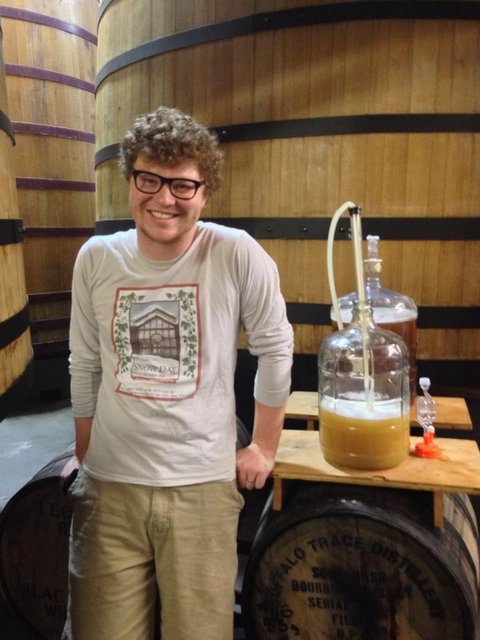
Andy Mitchell, brewer
New Belgium Brewing Co. (Fort Collins, Colo.; Asheville, N.C.)
Once you’ve mastered how to ensure you have healthy yeast and fermentation temperature control, learning how your water affects the beer you are making can make the difference between homebrewing good beer and excellent beer. Water is often overlooked even though it is the foundation in which beer is built upon and has a large impact on not only the final character of the beer, but throughout the whole brewing process.
With extract brewing, you are getting minerals from the extract itself (from the water it was originally produced with) and then your water is adding minerals on top of it. This would make it difficult to know what you’re working with so there isn’t much benefit to adding any water salts when brewing with extract. When brewing all-grain, you will be using your own tap water, or maybe building a water profile from scratch which gives you much more control over the process.
First, you need to know what’s in your water. The main things to look for are calcium content, the ratio of magnesium and chloride, and hardness. Besides those, you want to make sure other ions are below certain thresholds. Chloride and sulfate should generally be below 250 ppm. The important things with water chemistry is that you’re close on pH and calcium. Once you feel comfortable, feel free to play around and see how it impacts your beer. Even just knowing what you are working with for the water you have will be a big step in figuring out how your ingredients and process are impacting your beer.
Bring people together
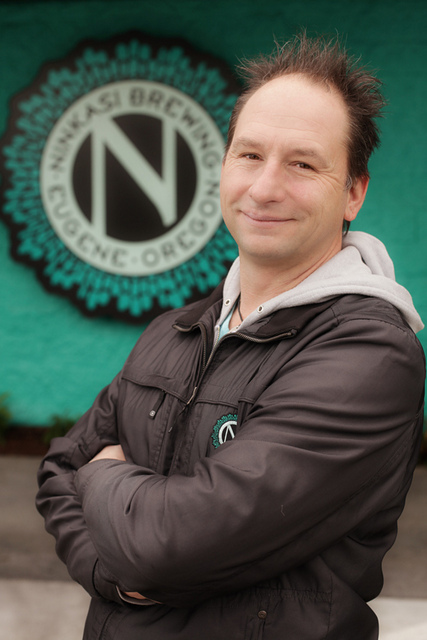
Jamie Floyd, co-founder and brewer
Ninkasi Brewing Co. (Eugene, Ore.)
Thanksgiving is about bringing people together. Whether it is a big family gathering or a Friendsgiving, groups of people come together to share what is bountiful in their lives and celebrate these warm moments as the seasons change. Traditions are started and kept for so many reasons but have you thought about brewing beer during these occasions? These weekends can be long and folks hang out together for long periods of time. Homebrewing is perfect for group events. It is a point of interest separate from the football or shopping and can become something special for all that participate. Why not add to the rich array of aromas the holiday kitchens bring with a home brew happening too? As with any brew, safety is important, but it is easy for friends and family to feel a part of something communal.
You can expand the engagement by brewing something ahead of time that would go great with the meal. Guests can sip on the beer while the new beer is being made. You can either make the same beer making adjustments based on what everyone thinks or make a whole different beer. Though I am a fan of keeping things simple when brewing it is also fun to incorporate ingredients that are in the dinner into the beers. While roasting any squash for the big dinner why not roast some more to add to the beer mash? We have also made a ginger-snap-brown-ale-type beer that would go great with most dessert traditions. You can add mulling spices to a beer or even some fruit cake if you are really adventurous. Remember that these beers are made for memories more than for winning awards. A few good pints shared among a community is very fulfilling in its own right.
You can even make a field trip out of it by going to the homebrew store or getting your yeast from a local brewery. Ninkasi helps local brewers out with yeast if they bring in a jar. Call in advance to make sure your local brewery offers this and know what the routine is for these services. Getting friends and family out of the house and out and about is always appreciated and adds even more fun for those participating. It may not be feasible for everyone to brew on Thanksgiving but for those who can add it their group occasions will find that as years pass more and more folks are coming for the brewing as they are for the stuffing and the gravy!
Take good notes, Poindexter

Anthony Stone, brewer
Deschutes Brewery (Bend, Oregon)
The homebrewing paradox for me is that the best beer I make I give away so I hardly get any and the worst beer I’ve brewed I quietly drink alone trying to figure out where I went wrong. The single most useful tool for me in improving my homebrew was good note taking. When you’re drinking that beer later you want to know what you did so you can see what you did right or wrong. Everyone approaches brewing differently, some like to brew a different style every time, others like to brew the same beer repeatedly until they perfect it. Either way you need good notes if you want to improve. When I’m drinking my homebrew for the first time, I like to add tasting notes on my brew sheet, including what I think I should do differently next time. I’m the kind of home brewer who likes to do something different every time, so if it’s a year later when I’m brewing that beer again, those notes become real handy. Also taking good notes as you make tweaks in your recipe will really help you learn how making changes in your raw ingredients will affect the final flavor and aroma of your beer.
I also suggest that new homebrewers join their local homebrew club or find some kind of community online that they can connect with. Whatever problems you encounter, chances are someone else has been through it before and they can help you identify the cause of the problem and most likely help lead you to the solution. Seeing other people’s equipment, tasting each other’s beers and providing feedback is both fun and inspiring. After all, good beer brings people together, and we don’t brew beer so we can sit alone at home dissecting it. We brew beer because we love to do it and it’s fun to share with those around us.
Sour it up!
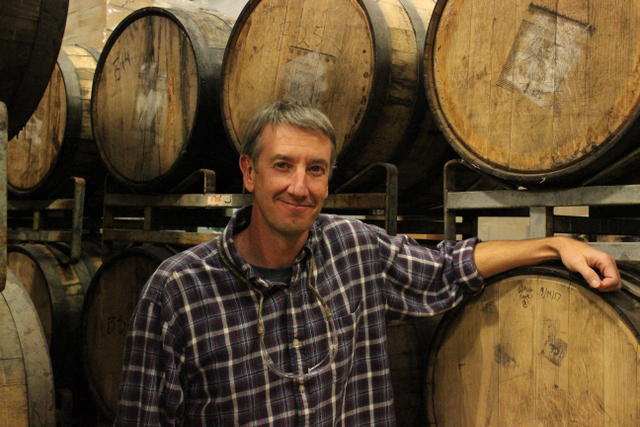
Steve Breezley, chief operating officer
Ska Brewing Co. (Durango, Colo.)
Tired of fruit beers that taste like soda pop? Tired of waiting six months to find out if your sour blend culture did its work? Think about kettle souring. Yes, Goses and Berliner Weisses have been en vogue for a few years now, but it’s the beers outside of the traditional German styles that have become some of the more interesting beers out there. As a homebrewer, it’s also another fun challenge to take on, but don’t be afraid, it’s well within anyone’s reach.
Experiment with lactobacillus — either purchased from the homebrew shop or even just some yogurt from the store. Just mash and lauter like normal, bring your wort to a boil, in order to sterilize it and then cool to around 105 to 110 F. Pitch your lacto culture, and away you go. Because you’ll need to keep an eye on it and maybe warm it up, it might be the perfect beer to make while other people are cooking your Thanksgiving meal. At the commercial level, we titrate for total acidity and base our decisions on when to inactivate the souring, but it’s also easy just to taste the wort and see how sour you want to go.
Even a small amount of naturally produced lactic acid can enhance many beer styles. Low level acidification also minimizes the time for souring. Please minimize oxygen uptake during this process, and if possible, provide a CO2 blanket over the wort — it doesn’t take much CO2. This will greatly aid in preventing other bacteria from prospering in the wort and producing unwanted off-flavors. After you’re done souring, bring the wort to a boil and treat it like any other beer — pitch fresh, healthy yeast and any fun adjuncts that amuse you. While I would never profess to liking “fruit beers,” I really do enjoy fruit done well with a kettle sour. Mmmmm, cherries, lactic acid and turkey!
One last little bit of Thanksgiving wisdom — don’t try to fly with bottles of your homebrew. It was 1992, and the Missoula airport confiscated all of my homebrewed pumpkin ale (don’t judge me, I said it was 1992!), and my family was so disappointed … or so they said.
The science of sanitation and temperature control
Russell Carpenter, Ph.D., head brewer
Rocket Frog Brewing Co. (Sterling, Va.)
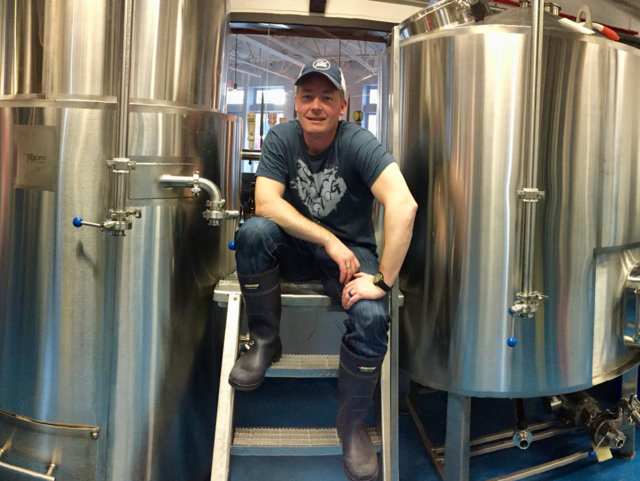
Brewing is as much of an art as it is a science. The artist in us wants to create something that we can enjoy ourselves and show off to our friends and family. The scientist in us wants to tweak every minor detail to improve brewhouse efficiency, hop utilization and consistency. Sometimes we delve too deep into adjusting different variables and end up not knowing which one helped or hindered us along that way. There are two things that I believe to be the most important parts of the brewing process: sanitation and temperature control. Forget spending a ridiculous amount of money on a new kettle, mash tun or conical fermentor. Those purchases can come later. First of all, homebrewers are told to practice proper sanitation, but there are times that people cut corners here and there. Never slack on sanitation! There are many different products out there to use for cleaning and sanitation. Find the products that work for you and use them according to the manufacturer’s instructions.
Secondly, invest in a refrigerator and a temperature controller. There are many different controllers available online. You can wire one directly to the fridge or purchase one that has plugs for heating and cooling. I would recommend the latter. Controlling the temperature during fermentation will allow you to produce consistent beers by minimizing the effects of large temperature swings. Temperature control will also allow you to brew lagers and pilsners which require a lower temperature (48-52°F) during fermentation. Once you have mastered the art of sanitation and temperature control, you are well on your way to producing some fantastic beers. Then, you can think about purchasing that expensive, shiny conical fermentor you’ve been drooling over.
Don’t sweat the IBUs
David Curtis, general store operations manager and organizer of Bell’s annual homebrew competition
Bell’s Brewery (Comstock, Mich.)

There are two very general types of approaches to brewing: the technical approach and the creative approach. The technical-minded brewer is much more likely to spend time planning their brew day, tweaking their recipe and considering all the details that might affect the outcome of their brew. The creative brewer is more likely to brew on a whim, adding a bit of this and a dash of that, often sourcing ingredients he or she has lying around (or growing in the backyard). Personally, I fall into the former category. I like to spend plenty of time dialing in numbers on my brewing software, trying to hit the ranges that are specified in beer guidelines. There’s something very rewarding about getting every one of my numbers (gravity, IBUs, ABV, color) to fall into the range of the style I’m after. However, I’ve learned in my homebrewing career that there’s a need for balance. Balance is what makes a beer drinkable, and it will help keep the technical-minded brewer sane.
Rather than fine tuning your hop strike amounts to fractions of an ounce, learn how to make other adjustments to keep your measurements reasonable. I like to keep all my hop additions in very simple measurements. I buy my hops by the ounce, so I try to make every hop addition I make in 1-ounce increments. If I’m finding that my IBUs are too high or too low, I’ll move that addition earlier or later in the boil to adjust the calculated IBUs rather than changing the hop strike amount. This drastically cuts down on tiny, partial bags of hops filling up my freezer that I then have to find a use for in subsequent batches. While it’s not always feasible to use 1-ounce increments, it works most of the time. A half an ounce of a high alpha hop may end up back in the freezer here and there, but I can usually find a use for that on my next batch. Remember, calculated IBUs are just a shot in the dark. The condition of the hops themselves, the vigor of your boil, and about 300 other variables play a huge part in what you actually get out of those hops. If you learn to lean a little more toward the creative side and don’t sweat the details, you’ll sleep a little better and find balance in your brewing.
Let me just remind you of the basics
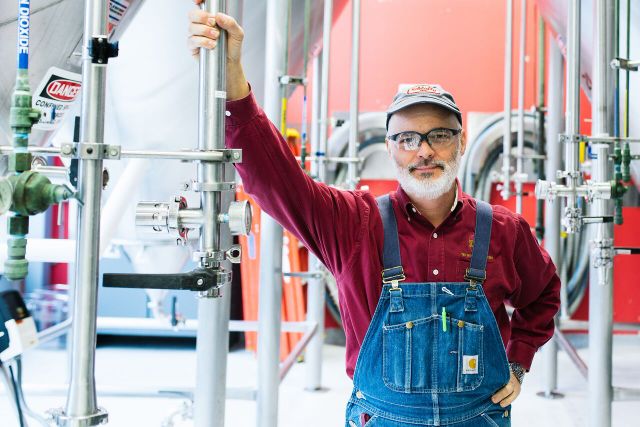
Stephen Hale, founding brewer
Schlafly Beer (St. Louis)
Assuming you’re using the best ingredients you can find, simply remember the basics: Hit your temperatures, boil long enough (an hour) but no need to boil for two hours or more, except for special beer. Chill the wort quickly and pitch just the right amount of yeast with a healthy dose of air or oxygen, and then let nature take over. You’re basically just a custodian of the natural world, letting it do its thing in the proper environment you established for it.
Don’t fear the wild unknown
Bret Kollmann Baker, chief of brewing operations
Urban Artifact (Cincinnati, Ohio)
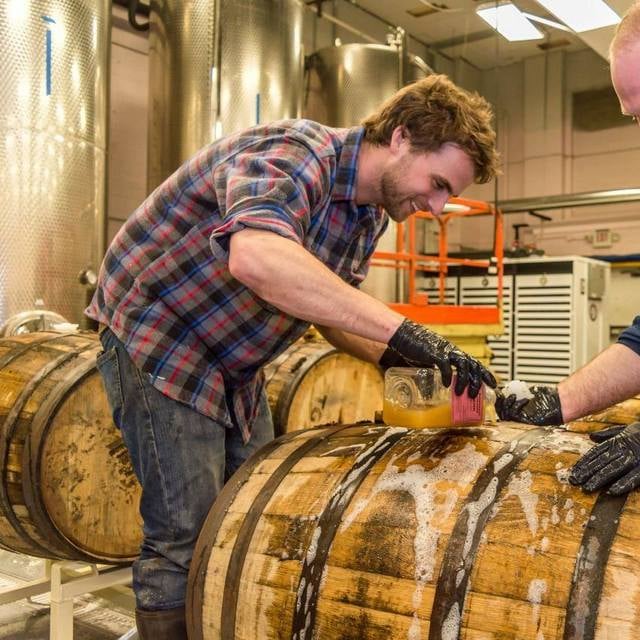
Wild yeast and bacteria, mixed with a healthy dose of dogma, and you have yourself a recipe for what is sure to be a Chernobyl-esque level homebrew contamination disaster! If only all this wild culture related fear was healthy and true, homebrewers could spend more time getting funky during the holiday season and less time dodging Uncle Charlie and his obsession with baseball cards. Brewing with wild yeast and bacteria can seem daunting and expensive at first, but with a couple simple tips and tricks, you will be brewing your own sour and funky homebrews in no time.
Wild yeast and bacteria are living things, and that means they can be killed. Heat is your friend. You don’t need a whole second set of equipment, simply use heat sterilization to ensure your equipment is sterile before switching from funky to clean. Silicone tubing and transfer hoses, rubber bungs and stainless steel can all be boiled. Heat sterilization should be avoided for fermentors as you run some serious risk of temperature shock and glass shattering or melting plastic carboys. For fermentors, use a dedicated plastic carboy fermentor for souring, and make sure to keep it clean like you would all your fermentors. The thing to keep in mind is that wild yeast and bacteria are literally everywhere all the time and it’s not a big deal. Much in the same way you don’t use the same knife to cut raw chicken that you do to cut raw vegetables without cleaning, you too can use the same common sense sanitary principles to brew wild and funky beers with basically the same equipment. Don’t fear the dogma. Keep it clean, keep it sanitary and get funky.
Four keys
Andrew Foss, head brewer
Saint Benjamin Brewing Co. (Philadelphia)
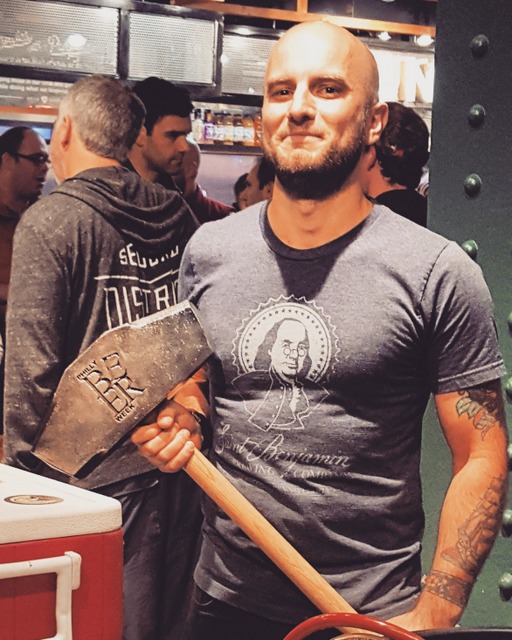
Homebrewing for me, as with many pro brewers, was the spark that set the fire. I brewed my first batch (an ESB extract kit) and was hooked. I always sought out advice from local hombrew shop staff, and over time, developed my own processes, favorite ingredients and figured out some best practices for my setup. Here are some of the most important things I learned to improve the beers I was making:
- If you don’t have temperature control, brew for the season. Your fermentation will usually heat up a few degrees over room temperature, so If you don’t have a cool (~low 60’s) place to ferment, think about brewing something that doesn’t require strict temperature control (hint: Belgian ales and saison).
- Make yeast starters, or buy two packs of yeast. A starter is better because you know it’s healthy.
- Don’t pitch into wort that’s too warm. This will cause exponential yeast growth and often leads to off flavors.
- Oxygenate your wort! 45 to 60 seconds of oxygen before pitching makes a huge difference in yeast health and fermentation.
I have the opportunity to taste beers from local home brewers pretty often. Almost any time something stands out to me as a flaw, it has to do with the fermentation. When I judge homebrew competitions (not something I have the chance to do often, but it happens) it is always easy to pick out the top beers in a given category because the majority of the beers suffer from poor fermentation characteristics. A lackluster recipe, fermented cleanly and correctly, will beat an outstanding recipe with fermentation flaws any day of the week.
Figuring out fruit
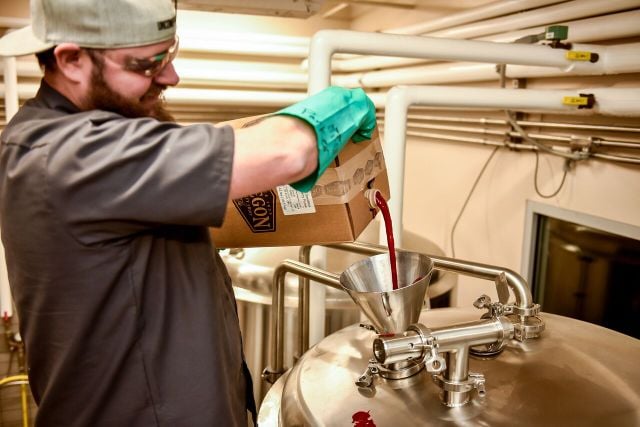
Chris Hodge, director of sales brewing and certified Cicerone
Oregon Fruit Products (Salem, Ore.)
With brewers experimenting more with fruit these days, we get a lot of questions about which styles of beer work with which types of fruit. And no wonder! There are almost as many types of fruits as there are styles of beer: from citrus to dark berries to exotic tropicals, there are an overwhelming amount of choices. While the flavor combinations are endless, they are not as daunting when you think about matching the flavor profiles of the beer to the richness or acidity level of the fruit. Here are a few examples of combinations where our craft brewing customers have seen big success:
- Kettle sours/gose styles: These tart beer styles are ideal for fruit additions because the beer flavor profile already carries some tanginess. Stone fruits do quite well here, like peach, apricot and plum for a summer-time-in-a-glass brew. The less juicy but still tart favorites like cranberry, rhubarb and passionfruit mirror sour styles very nicely as well.
- Barrel-aged styles/stouts and porters: Monster brews beg for monster flavor, so we always recommend raspberry, blackberry and dark sweet cherry for these styles. Black currant and boysenberry are lesser-known but still pack a lot of fruit intensity.
- IPA/pale/blonde/Kolsch/pils: These beer styles offer a lot of versatility, so we always recommend citrus and tropicals for these styles. Try grapefruit, blood orange, mango, pineapple, pink guava or soursop. Another fun experiment: try blending a citrus with a tropical to make your own blend.
Although there aren’t many wrong ways to add fruit, the best results tend to come from adding fruit during day two or three of primary fermentation. You can even get bigger aroma with a second dosing after cold crash and let the beer rest on the fruit for a week during conditioning.
Brew it, and then brew it again
Ryan Blevins, head brewer
MadTree Brewing Co. (Cincinnati, Ohio)

The thing I see most is people always brewing a new beer without repeating a recipe. Repeating and refining recipes will make you a better brewer in the end. If a beer did not turn out the way you wanted it to, figure out why. It could be as simple as a process issue or the ingredient choices. Maybe you didn’t hit your desired mash temp and the beer dried out further than you’d like. Brew it again and make the tweaks to hit that mash temp. Play with the hop or grain bill, making small tweaks so you can understand how the flavor profile is impacted by your changes. I’ve definitely gone the “shotgun” route and changed a bunch of things at once. Sometimes it works and sometimes it doesn’t, but either way, it does not help to understand how that one change actually affected the beer. And through it all take a lot of good notes! Without solid notes, you’ll never know what variable may have changed the outcome of your beer.
Water, water, water (did we mention water?)
Chris Wright, founder, head brewer
Pikes Peak Brewing Co. (Monument, Colo.)
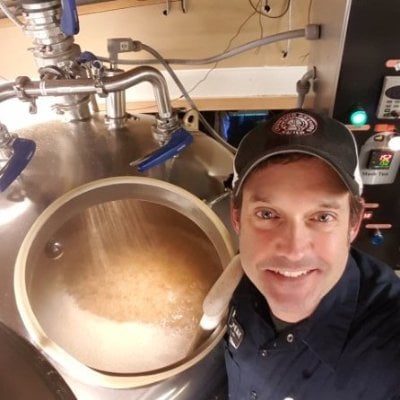
Every historical beer style originated due to the local water chemistry. Thousands of years ago, the brewers in Dublin, Ireland, didn’t set out to brew a stout, they brewed a beer that fit their water. Dublin’s water is high in pH and turns out highly roasted grains reduce the pH of the mash. That is how the style of Stout was born. Pay attention to your water; make it match the style you are trying to brew. The first step is to get your water tested. Use salts to adjust your water either from your local source, or from distilled water. Not only do the ions affect the mash pH (and the final beer pH), but remember yeast are living organisms that require nutrients and certain molecules from the water (calcium and magnesium). Learn all you can about water chemistry in brewing and experiment. Brew subsequent batches of the same recipe and vary the amount of calcium, chlorides or sulfates added to your mash.
Ingredients, bam

Brad Cooper, owner and head brewer
Steam Bell Beer Works (Chesterfield, Va.)
I believe the best piece of advice I could give to any brewing amateurs or professionals is to know your ingredients and your process. World class chefs are those that can picture a finished dish before they even start and know exactly what sorts of meats, vegetables, spices and cooking processes are needed to arrive at that finished product. Similarly, the best of the best brewers know what will happen if they use one hop versus another, the subtle differences of Carafa I and Carafa II malts, and the effect of minute changes in fermentation temperature. Be able to imagine how you want the final product to look, smell, taste and feel, then go back to your toolbox of ingredients and techniques and make it happen!
Consider your philosophy

Kraig Torres, founder and owner
Hop City Beer and Wine and Barleygarden Kitchen and Craft Bar (Atlanta)
We at Hop City have had the good fortune of watching a number of our homebrewing clients move up to the major leagues … and we couldn’t be prouder. Our most successful craft brewing alumni all have one thing in common: They have created an identify for themselves and their beers. What I mean is you do not need to come out of the gate with one of everything: IPA, amber, pale, etc. Instead, figure out what makes your beers stand out — whether it is a style, hop profile, yeast choice or the like. As a homebrew duffer, you can (and should) be all over the map. Experimentation is both fun and creatively rewarding. That said, once you get serious about taking that next step, it’s time to dial in on what can be the anchor of your brand.
This is not to say you have to be creatively pigeonholed into saisons the rest of your life (unless you want to be, of course). When you think of Stone, you think of iconic IPAs. They happen to brew plenty of other amazing beers too, but they created an identity around what they do best. Ballast Point has the fish-thing, but they are also the fruit-adjunct house. Either way, you cannot dispute their success. When you drink anyone’s grapefruit IPA it is hard not to compare it with Sculpin.
As your friends drink your beers, look past the hollow praise and listen to the real “couple beers in” feedback. You will quickly find which of your beers truly stand out at which point you can start creating variations on your best results. Before you know it, you will have uncovered your second self. In this crowded new world of local breweries on every corner there is still room to shine. Take the time to find your brightest star before heading down that road.

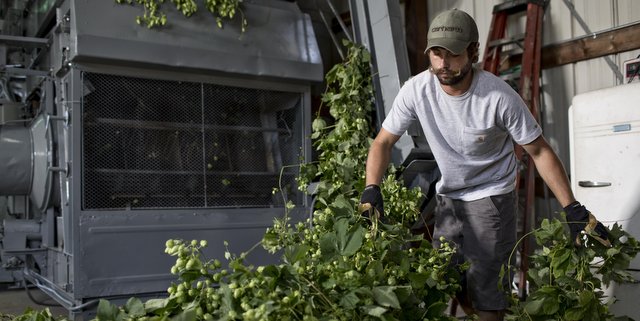
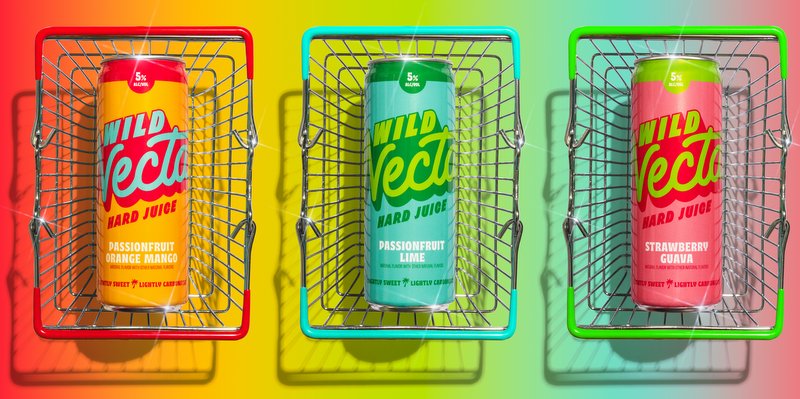
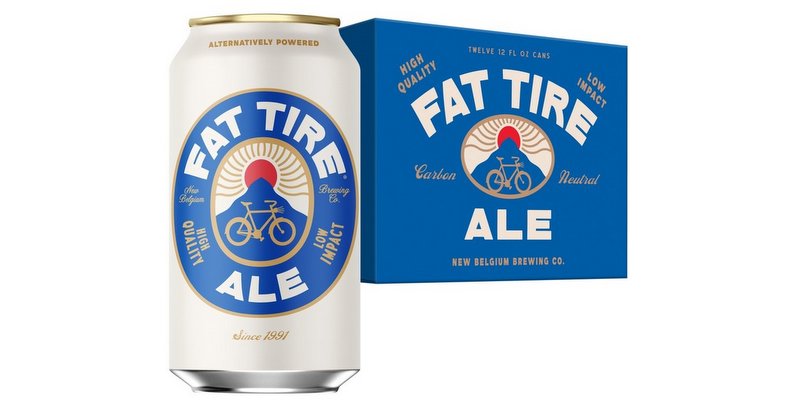
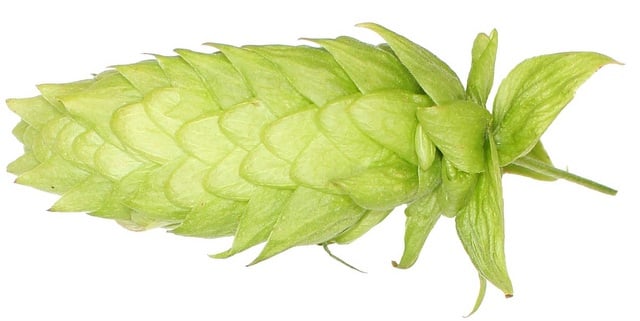

Terence says
@HomebrewAssoc @newbelgium @DeschutesBeer @NinkasiBrewing @skabrewing @ArtifactBeer @BellsBrewery… https://t.co/5VvOn3pZvl